|
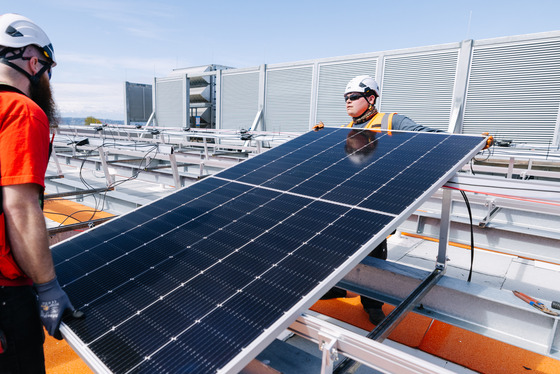 Ryan Farrens, left, and Shawn Mathews set a solar panel in place on the roof of the Power Quality Improvement Project building at West Point Treatment Plant.
Wastewater treatment is energy-intensive, so we're tucking solar power into our operations to lower our greenhouse gas footprint. The sun-soaked roof on top of the new battery building at West Point Treatment Plant is the latest location where WTD is adding solar power. West Point's 140-panel solar array will power lighting and HVAC for the battery building and make a dent in King County's climate goals of 1.5 megawatts of solar by the end of 2025.
|
|
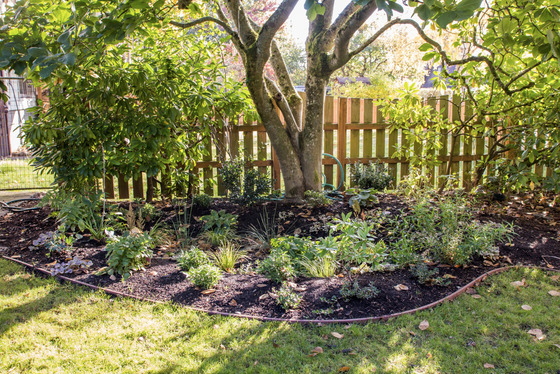 A tranquil rain garden showcasing lush plants and flowers thriving under the shade of a large tree.
Rain gardens soak up rainwater, reduce the load on the wastewater system, filter contaminants, and look great, all while attracting wildlife and reducing local flooding. What’s not to love?
As summer approaches, now’s the perfect time to plan, design, install, and maintain your rain garden. Queue up the recently-released 2024 Rain Garden Handbook for Western Washington -- a free, jam-packed guide to getting your own rain garden started.
If you live in Seattle, you may be eligible for rebates under the RainWise program to install landscaping and cisterns. In partnership with Seattle Public Utilities, the program aims to bring green stormwater infrastructure to our neighborhoods.
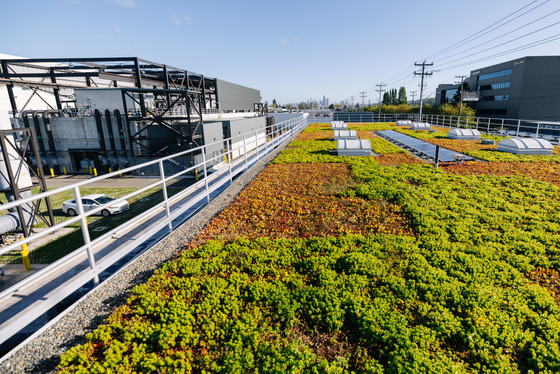 The Georgetown facility's roof has many green features, including succulents, solar panels, skylights, and a great view.
The Georgetown Wet Weather Treatment Station continues to earn praise as several more prestigious awards have been added to its impressive roster. These include:
These recent awards complement the station's Platinum rating from the Institute for Sustainable Infrastructure's Envision rating system, making it the first Platinum-awarded Envision project in Washington.
Engineered to operate during heavy rainstorms, the station treats up to 70 million gallons of combined stormwater and wastewater daily to prevent pollution into the Duwamish River and Puget Sound.
|
|
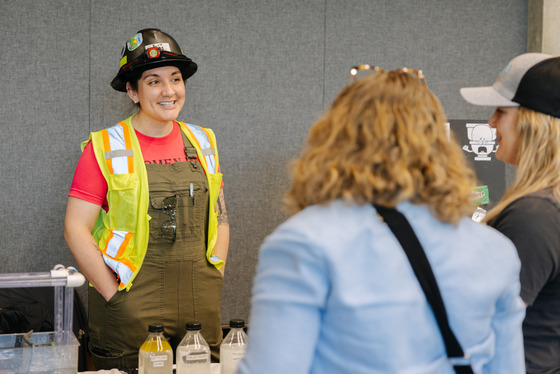 Alyssa Moreno, an operator at South Treatment Plant, talks with a group at the WTD booth.
Another year, another successful Washington Women in Trades Fair! For more than 20 years, WTD has participated in this annual event, whose mission is to improve women's economic equity and self-sufficiency through access and success in high-wage, high-skilled careers in the trades.
We are inspired to see women, some as young as high school, interested in careers in wastewater. Our WTD workforce is growing, and we know diversity is key to our success in building the next generation of talent. Are you or someone you know interested? Check out WTD’s career opportunities.
|
|
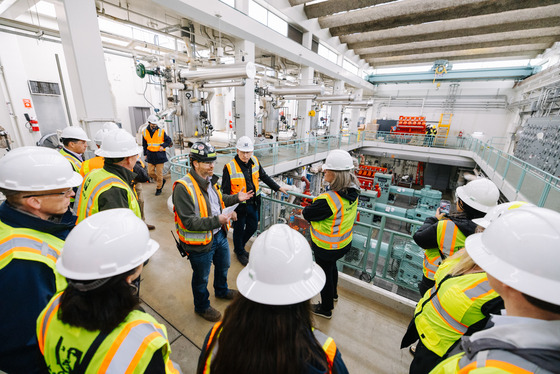 A group of elected officials and staff move through the raw swage pump room at West Point Treatment Plant.
WTD recently got a big boost with a nearly $500 million loan commitment through the U.S. Environmental Protection Agency’s Water Infrastructure Finance and Innovation Act (WIFIA) program.
The low-interest loans will help support 14 infrastructure projects across our service area to keep the Puget Sound region’s water clean and safe for decades to come. They include seismic upgrades at treatment plants, improvements to the recycled water system, and updates to miles of conveyance and sewer pipes.
These clean water investments will build on other enhancements we've made, making the past five years the most productive period for improvements since our regional treatment system was built in the 1960s.
Of the $498.3 million loan commitment (the largest amount ever for WTD!), the first installment of $194 million will save ratepayers $19.8 million in interest fees.
This critical funding is part of our $10 billion investment over the next decade to make our wastewater treatment system safer, more reliable, and more resilient to climate impacts. Watch the announcement with Executive Dow Constantine.
|
|
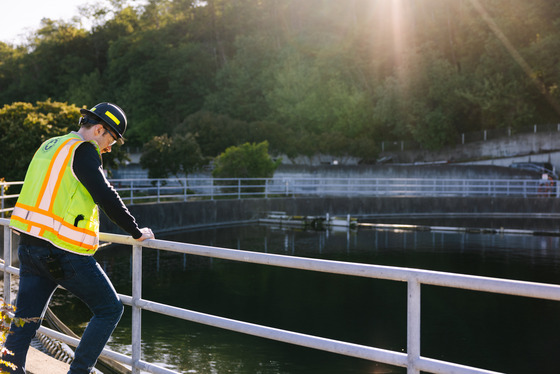 A West Point maintenance staff member looks into a circular clarifier while making the rounds on a lovely morning.
Wastewater is largely a behind-the-scenes operation. Our pipes are big, our plants are behind gates, and our people are busy 24/7 protecting public health and the environment. That's where our new Instagram page comes in with a handy invitation to take you into the hidden and fascinating world of wastewater.
We hope to surprise you, inspire you, and show you what we're all about. And, hey, reach out if there are any topics you would like to see featured. We take requests! Follow us on Instagram.
|
|
|
|